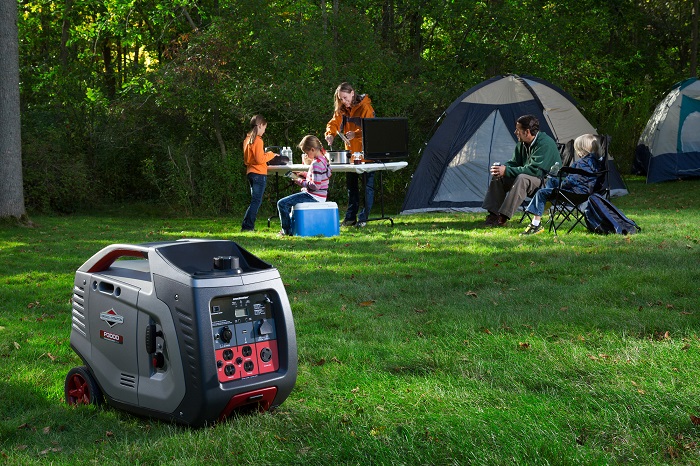A lot of people take electricity for granted, until there’s a power outage or shortage. It is in these cases that we realize how big of a role it plays in our everyday life and how everything seems to stop functioning properly without it. Luckily, in such cases, power generators can keep all your essential equipment at work or at home up and running.
Power generators come in a wide array of setups and sizes. For instance, a power generator can power up an entire food service business and keep thousands of dollars worth of produce and meat refrigerated. In similar fashion, construction work being done at a remote location can be completed by powering up all the necessary tools from a portable power generator.
All generators consist of two basic components – a motor that burns fuel (natural gas, diesel, gasoline or propane) to supply the power, and a generator head which turns the power into electricity. Together, the generator and the motor create a traditional generator. Generators can be found in two basic designs: a portable power generator and a standby generator.

Portable Power Generators
These provide power in remote locations ( eg. on construction sites) for shorter periods of time, Or if necessary, they can power essential equipment during a power outage. These generators tend to be less expensive and smaller than standby generators. They have built-in fuel tanks allowing them to run anywhere. Additionally, they have standard power outlets in which you can plug equipment. The largest models can reach about 15 kilowatts, while the smaller ones reach less than 1 kilowatt.
There are also models which can be hauled to construction sites and can provide over 200 kilowatts. For more running time, you should be looking for a larger fuel tank, enough receptacles and a fuel indicator gauge to allow you to plug in all the devices you need to run.
Standby Generators
Standby generators can provide anywhere from 7 kilowatts to several hundred kilowatts and help reduce the harmful effects of power outages. These can be commonly found in hospitals and larger businesses. Standby generators can be powered from propane lines or city gas. High-end generators shut down automatically when they overheat, lose oil pressure or are being overworked. Moreover, they start themselves up about once a week to “practice”, ensuring they’re ready when needed.
Inverter Technology
Inverter technology is a recent development, made possible by high-tech magnets and electronic circuitry. Portable inverter generators operate in 3 phases. They output alternating current like traditional generators, but that current is then converted into direct current and inverted back into clean alternating power that maintains a pure sine wave at the required frequency and voltage.











